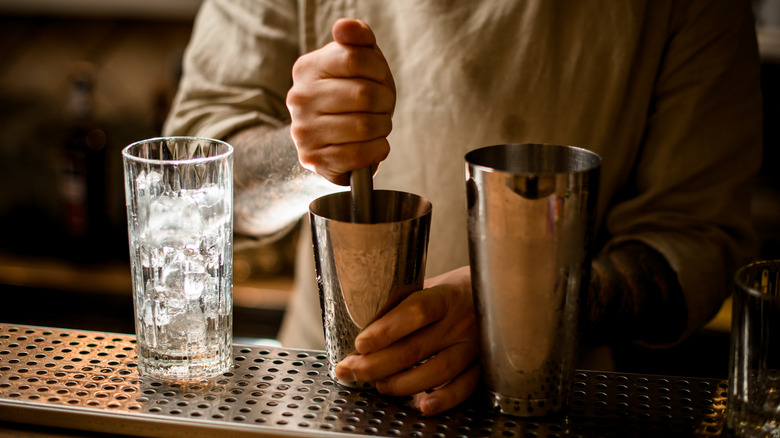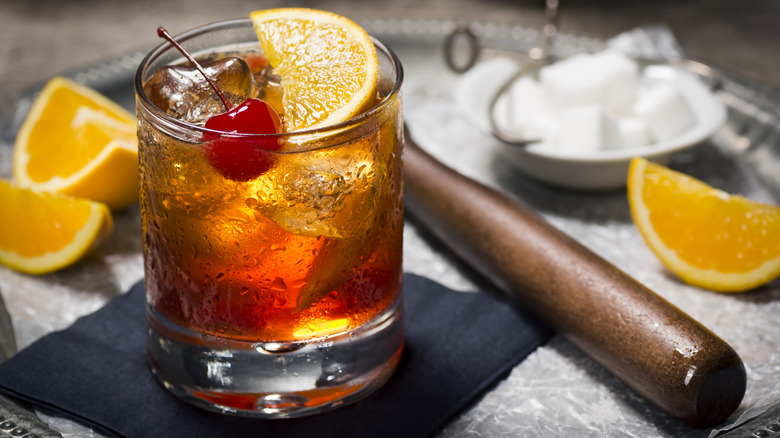Why You Should Think Twice About Buying Textured Cocktail Muddlers
For those looking to elevate their cocktail game, a muddler is a tempting addition to the bartop arsenal. These bar tools are specifically designed to extract the most flavor from fruits, herbs, and spices by gently crushing them in the bottom of a shaker. But when it comes to muddlers, there's a trend that might be more trouble than it's worth: textured muddlers.
To start, textured cocktail muddlers, often made of stainless steel or wood with ridges or teeth, can scratch and damage delicate glassware. This is particularly concerning when muddling ingredients directly in a glass or shaker, as the muddler's abrasive texture can leave unsightly marks or even weaken the glass. Additionally, the intricate design of textured muddlers makes them harder to clean. Residue from muddled ingredients can get trapped in the textured grooves, leading to hygiene issues and potential contamination if not cleaned thoroughly after each use. This can be a hassle for bartenders and home mixologists who prioritize cleanliness and efficiency in their cocktail-making process.
Beyond functionality, the appearance of textured muddlers may not appeal to everyone. Textured muddlers can appear bulky or less refined depending on their design and material. Furthermore, textured muddlers, particularly those made of high-quality materials, can be more expensive than their smooth counterparts. Considering the potential drawbacks, investing in a textured muddler may only sometimes justify the higher cost, especially for casual cocktail enthusiasts or those on a budget.
The case for the classic muddler
The rough texture of a textured muddler can easily bruise fruits and herbs, releasing unwanted bitterness into your drink. They can make it challenging to achieve finesse, potentially over-muddling ingredients and creating an overly acidic or vegetal cocktail. They can also break through the rinds, releasing the bitter pith and seeds into your drink. Textured muddlers may excel at muddling certain ingredients, but they can be less versatile than their smooth counterparts. So, what's the alternative? A classic, smooth muddler allows for better control and a more nuanced extraction of the desired aromas and tastes.
Some additional tips? Don't overdo it! A few gentle presses with a muddler are all that's needed to release flavors. Remember that not all ingredients need muddling. The technique benefits citrus peels, herbs like mint and basil, and some fruits like berries. Consider alternative methods like stirring or using a bar spoon to express oils for other ingredients. With some practice and the right tools, you'll be muddling your way to delicious cocktails in no time. So, ditch the textured muddler and opt for a classic design that is a more practical and cost-effective approach for those prioritizing versatility, ease of cleaning, and maintaining glassware integrity. May your muddling journey be a smooth one.

